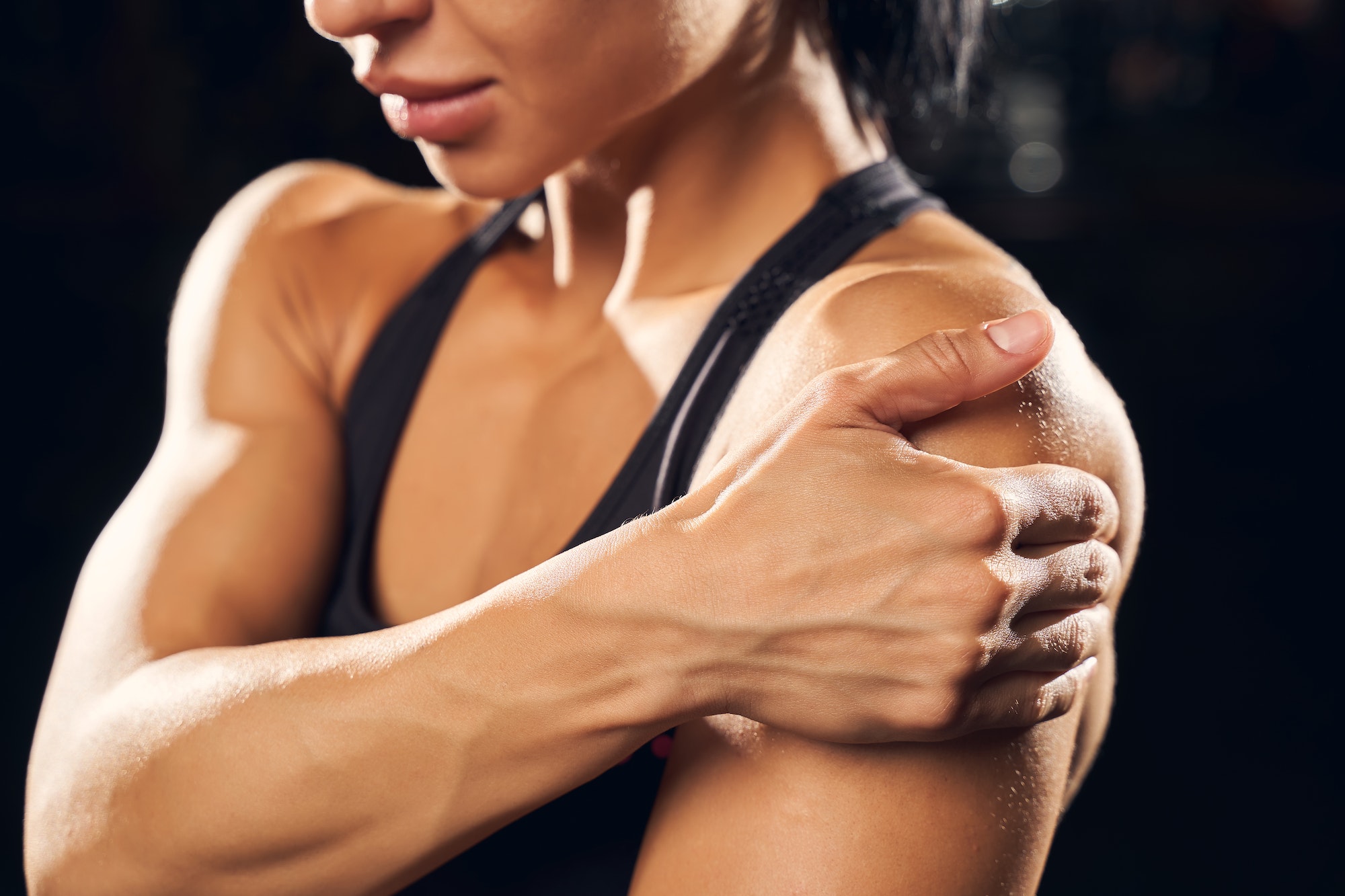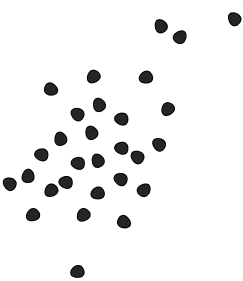Working out is a helpful way to lose weight, stay healthy, and even reduce stress. However, if not done correctly, can result in serious pain and injuries. This article will explore five of the most common types of workout pain and a few ways you can fix them.
What Causes Workout Pain?
Workout pain is caused when your muscles work harder than they are used to. While your body might feel a little sore after working out, if you feel pain, this is a sign that you might have damaged tendons or muscles.
Some of the most common workout injuries that result in pain include:
- Muscle strain
- Shin splints
- Wrist sprains
- Twisted knee
- Muscle cramps
5 Types of Workout Pain
Swelling
Swelling is a very common workout pain that happens when a muscle is overused or moved incorrectly. Most of the time, swelling won’t be evident until a few days after working out. Depending on how severe the damage is, it can take up to a week for the pain to go away. Some forms of swelling pain include tendonitis and muscle strain.
Stabbing
Stabbing sensations can be extremely painful because your nerves are sending out strong signals that they are irritated. If you overdo a workout, it could result in this type of pain. Those who feel this pain during or after their workout need to immediately have it checked out because it’s not normal. Most of the time this is your body giving you warning signs that you have nerve damage, reduced blood flow, or a side stitch.
Popping
Popping noises when you exercise happens when the gas bubbles inside the fluid coating your joints pops. Sometimes it could also be a sign of a tight muscle moving over a bone. Popping pain tends to form in the legs and shoulders and is a very common workout problem. While most of the time the pain will quickly pass, if it continues to linger, you might have severely damaged the area or could have an underlying condition like osteoarthritis.
Delayed Onset Muscle Soreness
Also known as DOMS, delayed onset muscle soreness is a type of painful muscle spasm that occurs due to excessive exercise or not properly stretching your body before a workout. Most of the time people won’t immediately feel DOMS during their workout as it usually happens afterward. Some common signs of DOMS include stiffness, fatigue, and loss of flexibility.
Tendinitis
Tendinitis causes muscles around your bones to become inflamed. It tends to occur after an acute injury and typically forms in your wrists, legs, arms, and fingers. Tendinitis comes in various types with some of the common forms being tennis elbow and jumper’s knee. Some of the most frequent symptoms of this type of pain include difficulty moving a tendon, a lump near a tendon, or cracking sounds near the tendon.
How to Fix Workout Pain
Put Ice on the Area
Ice can numb pain and reduce inflammation. This can prevent pain because it will keep the muscles and nerves calm. You’ll want to place ice on the area of concern for about 72 hours for best results.
Drink Plenty of Water
Water can help prevent and fix workout pain because it keeps your body hydrated. If you’re dehydrated, your muscles will shrink because they don’t have fluid around them. When you workout, the motions can injure them because there isn’t any cushioning.
An hour before you exercise, make sure to drink about 15 ounces of water. As you workout, you’ll want to drink about 8 ounces of water. This will help to keep you hydrated and even improve your athletic performance.
Watch Your Diet
You might be surprised to learn that your diet can help prevent workout pain. By consuming food high in anti-inflammatory properties, it will keep your body strong and healthy. This will encourage it to perform better when you work out but also give delicate areas extra protection.
Some of the best food to eat to keep pain away includes:
- Raspberries
- Salmon
- Avocados
- Peppers
- Mushrooms
- Turmeric
You could also take omega-3 supplements to stop pain. This is because it contains high amounts of eicosapentaenoic acid and docosahexaenoic acid which prevent and calm inflammation.
Tart cherry juice has also been shown to stop inflammation and keep your muscles strong. In fact, one study done in 2010 showed that runners who drank this juice for a few days found that they didn’t have as much muscle pain as before.
Get a Massage
A massage is not only relaxing, but it can reduce inflammation and calm pain receptors. One of the most commonly used massages for workout pain is a sports massage. This type focuses on relieving muscle stiffness and pain caused by exercise. You’ll find that these soothing motions won’t only stop pain, but can increase your body’s flexibility and prevent future muscle spasms.
When it is time to see a chiropractor for a therapeutic massage, you’ll discover that the session will go by quickly and provide plenty of relief.
Make Sure to Rest
Sometimes the only thing you can do to heal pain is to sleep. Sleeping helps to calm your body because it blocks the brain’s pain receptors. It also gives your body plenty of time to repair itself should something have been injured. As you sleep, your body will release new proteins designed to help repair damaged muscles.
Stretch
Another way to help prevent and fix workout pain is to stretch. Stretching a few minutes before and after your workout will help to awaken your muscles so they’re ready to move. Some easy options to try include jumping jacks, runner’s lunges, and a light jog.
If you’re currently suffering from workout pain, stretching can still help you. By gently moving your body it can prevent tension and increase blood flow. While you don’t want to overdo it, simple stretches like shoulder stretches, calf stretches, and hip flexor stretches are ideal to try.
Working out comes with plenty of benefits, but it could cause serious pain if not done correctly. Thankfully, there are a few ways you can prevent and fix pain should you suffer from it.
Dr. Brent Wells founded Better Health Chiropractic in Alaska in 1998. He is currently leading 10,000 Alaskans to more active and pain-free lifestyles without drugs or invasive surgeries. He brings a progressive and highly innovative approach to chiropractic care. Dr. Wells continues to further his education with ongoing studies in spine conditions, neurology, physical rehabilitation, biomechanics, occupational ergonomics, whiplash, and brain injury traumatology. He is also a member of the American Chiropractic Association and the American Academy of Spine Physicians.




